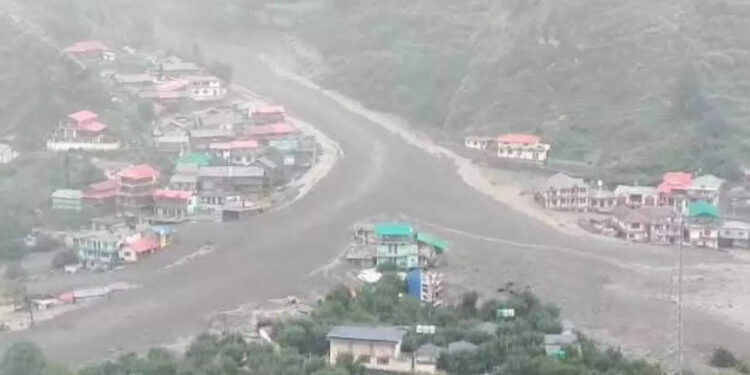Lagatar24 Desk
New Delhi: Torrential rain in Dehradun on Monday night caused flash floods, submerged homes and temples, and damaged a 100-meter stretch of road, raising concerns about the growing intensity of extreme weather in Uttarakhand. Experts say the downpour, while not a cloudburst, highlights the link between shifting weather systems and climate change.
Rainfall Intensity And Meteorological Factors
According to Dr Chander Singh Tomar, Head of the India Meteorological Centre in Dehradun, the city recorded 67 mm of rainfall per hour — below the 100 mm threshold for a cloudburst but still classified as an “extreme, intense spell of rain.” He explained that the event resulted from an interaction between easterly and westerly winds over the region. An orange alert remains in place for Dehradun, Nainital, and Champawat, with heavy rainfall forecast for Chamoli, Udham Singh Nagar, Bageshwar, and Pithoragarh until September 17.
Climate Change And Extreme Weather Events
Yaspal Sundriyal, former head of geology at HNB Garhwal University, attributed the intensifying rain spells to climate change. He noted that converging cold, warm, and occluded air masses create a “triple junction,” causing heavy precipitation, thunderstorms, and strong winds. Sundriyal also highlighted how black carbon from forest fires can mix with clouds, intensifying rainfall. He pointed out that while total seasonal rainfall may not be unusual, the frequency of short, intense rain events has risen, leading to flash floods and landslides.














